Arduino Uno R3 SMD with USB Cable
Key Features
- The operating voltage is 5V
- The recommended input voltage will range from 7v to 12V
- The input voltage ranges from 6v to 20V
- Digital input/output pins are 14
- Analog i/p pins are 6
- DC Current for each input/output pin is 40 mA
- DC Current for 3.3V Pin is 50 mA
- Flash Memory is 32 KB
- SRAM is 2 KB
- EEPROM is 1 KB
- CLK Speed is 16 MHz
- Click Here to Download Open Source Arduino Software
₨ 2,000.00 ₨ 2,500.00
Arduino Uno R3 SMD
Buy a complete range of Arduino boards and their component at a very cheap price from all over Pakistan. We are the one and only store in Pakistan providing our customers with a wide range of electronic products and components at a very reasonable price at their doorstep. You can buy Arduino UNO R3 with USB cableanywhere from Pakistan or by visiting Electronic Power House (EPH) and Tetralink Technologies (TLT) in Lahore.
Overview of Arduino Uno R3 SMD
Arduino Uno R3 is a microcontroller board based on an 8-bit ATmega328P microcontroller. Along with ATmega328P, it consists of other components such as crystal oscillator, serial communication, voltage regulator, etc. to support the microcontroller. Arduino Uno has 14 digital input/output pins (out of which 6 can be used as PWM outputs), 6 analog input pins, a USB connection, A Power barrel jack, an ICSP header, and a reset button.
How to use Arduino Uno R3 Board
The 14 digital input/output pins can be used as input or output pins by using pinMode(), digitalRead() and digitalWrite() functions in Arduino programming. Each pin operates at 5V and can provide or receive a maximum of 40mA current, and has an internal pull-up resistor of 20-50 KOhms which are disconnected by default. Out of these 14 pins, some pins have specific functions as listed below:
- Serial Pins 0 (Rx) and 1 (Tx):Rx and Tx pins are used to receive and transmit TTL serial data. They are connected with the corresponding ATmega328P USB to TTL serial chip.
- External Interrupt Pins 2 and 3:These pins can be configured to trigger an interrupt on a low value, a rising or falling edge, or a change in value.
- PWM Pins 3, 5, 6, 9, and 11: These pins provide an 8-bit PWM output by using the analogWrite() function.
- SPI Pins 10 (SS), 11 (MOSI), 12 (MISO), and 13 (SCK):These pins are used for SPI communication.
- In-built LED Pin 13: This pin is connected with a built-in LED, when pin 13 is HIGH the LED is on, and when pin 13 is LOW, it’s off.
Along with 14 Digital pins, there are 6 analog input pins, each of which provides 10 bits of resolution, i.e. 1024 different values. They measure from 0 to 5 volts but this limit can be increased by using the AREF pin with analog Reference() function.
- Analog pin 4 (SDA) and pin 5 (SCA) alsoused for TWI communication using Wire library.
Arduino Uno has a couple of other pins as explained below:
- AREF:Used to provide reference voltage for analog inputs with analogReference() function.
- Reset Pin:Making this pin LOW, resets the microcontroller.
Communication
Arduino can be used to communicate with a computer, another Arduino board, or other microcontrollers. The ATmega328P microcontroller provides UART TTL (5V) serial communication which can be done using digital pin 0 (Rx) and digital pin 1 (Tx). An ATmega16U2 on the board channels this serial communication over USB and appears as a virtual com port to software on the computer. The ATmega16U2 firmware uses the standard USB COM drivers, and no external driver is needed. However, on Windows, a .inf file is required. The Arduino software includes a serial monitor which allows simple textual data to be sent to and from the Arduino board. There are two RX and TX LEDs on the Arduino board which will flash when data is being transmitted via the USB-to-serial chip and USB connection to the computer (not for serial communication on pins 0 and 1). A SoftwareSerial library allows for serial communication on any of the Uno’s digital pins. The ATmega328P also supports I2C (TWI) and SPI communication. The Arduino software includes a Wire library to simplify the use of the I2C bus.
Programming Arduino
Once Arduino IDE is installed on the computer, connect the board to the computer using a USB cable. Now open the Arduino IDE and choose the correct board by selecting Tools>Boards>Arduino/Genuino Uno, and choose the correct Port by selecting Tools>Port. Arduino Uno is programmed using Arduino programming language based on Wiring. To get it started with the Arduino Uno board and blink the built-in LED, load the example code by selecting Files>Examples>Basics>Blink. Once the example code (also shown below) is loaded into your IDE, click on the upload button given on the top bar. Once the upload is finished, you should see the Arduinos built-in LED blink. Below is the example code for blinking:
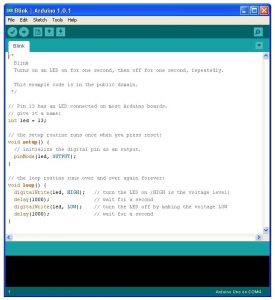
Applications
- Prototyping of Electronics Products and Systems
- Multiple DIY Projects.
- Easy to use for beginner level DIYers and makers.
- Projects requiring Multiple I/O interfaces and communications.
| brands | Arduino |
|---|
Technical Specifications
-
Microcontroller ATmega328P Operating Voltage 5V Input Voltage (recommended) 7-12V Input Voltage (limit) 6-20V Digital I/O Pins 14 (of which 6 provide PWM output) PWM Digital I/O Pins 6 Analog Input Pins 6 DC Current per I/O Pin 20 mA DC Current for 3.3V Pin 50 mA Flash Memory 32 KB (ATmega328P) of which 0.5 KB used by bootloader SRAM 2 KB (ATmega328P) EEPROM 1 KB (ATmega328P) Clock Speed 16 MHz LED_BUILTIN 13 Length 68.6 mm Width 53.4 mm Weight 25 g
Based on 0 reviews
Be the first to review “Arduino Uno R3 SMD with USB Cable”
You may also like…
-
Arduino, Arduino Boards & Components, Development Kits
Arduino Due
Key Features
- Microcontroller : Atmel SAM3X8E ARM Cortex-M3
- CPU: 32-Bit
- Digital I/O: Pins54
- PWM Output: 12
- PWM Output: 12
- Analog Input: 12
- Analog Input: 12
- Flash Memory (Program Memory): 512 KB
- SRAM96KB (two banks: 64KB and 32KB)
- Operating Voltage: 3.3V
- Input Voltage: 7-12 V
- Oscillator up to 84 MHz
- Arduino Due is open-source hardware! You can build your own board using the following files
- Click Here to Download Open Source Arduino Software
- EAGLE FILES IN .ZIP
- SCHEMATICS
- FRITZING IN .FZPZ
- BOARD SIZE .IN
SKU: n/a -
Arduino, Arduino Boards & Components, Development Kits
Arduino MEGA 2560 PRO Mini
Key Features
- Item type:MEGA 2560 Pro Embedded USB CH340G ATMEGA2560-16AU Chip
- Form factor-Mega PRO
- Microcontroller-ATmega 2560 (16 MHz)
- USB-UART-CH340G interface (12 MHz)
- input voltage-6-9 V (peack 18 V)
- PC-MicroUSB connection socket
- 70 digital I / O
- 16 analog entries
- 14 PWM
- 4 UART bus
- Click Here to Download Open Source Arduino Software
SKU: n/a -
Arduino, Arduino Boards & Components, Development Kits
Arduino MEGA2560
Key Features
- PERATING VOLTAGE: 5V
- INPUT VOLTAGE (RECOMMENDED): 7-12V
- INPUT VOLTAGE (LIMIT): 6-20V
- DIGITAL I/O PINS: 54 (of which 15 provide PWM output)
- ANALOG INPUT PINS: 16DC
- CURRENT PER I/O PIN20 mADC CURRENT FOR 3.3V PIN: 50 mA
- FLASH MEMORY: 256 KB of which 8 KB used by bootloader
- SRAM: 8KB
- EEPROM: 4 KB
- CLOCK SPEED16 MHz
- LED_BUILTIN13
- LENGTH: 101.52 mm
- WIDTH: 53.3 mm
- WEIGHT: 37 g
- Click Here to Download Open Source Arduino Software
- EAGLE FILES IN .ZIP
- SCHEMATICS
- BOARD SIZE .IN
SKU: n/a


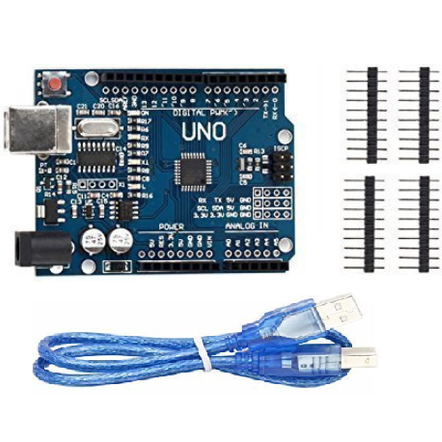
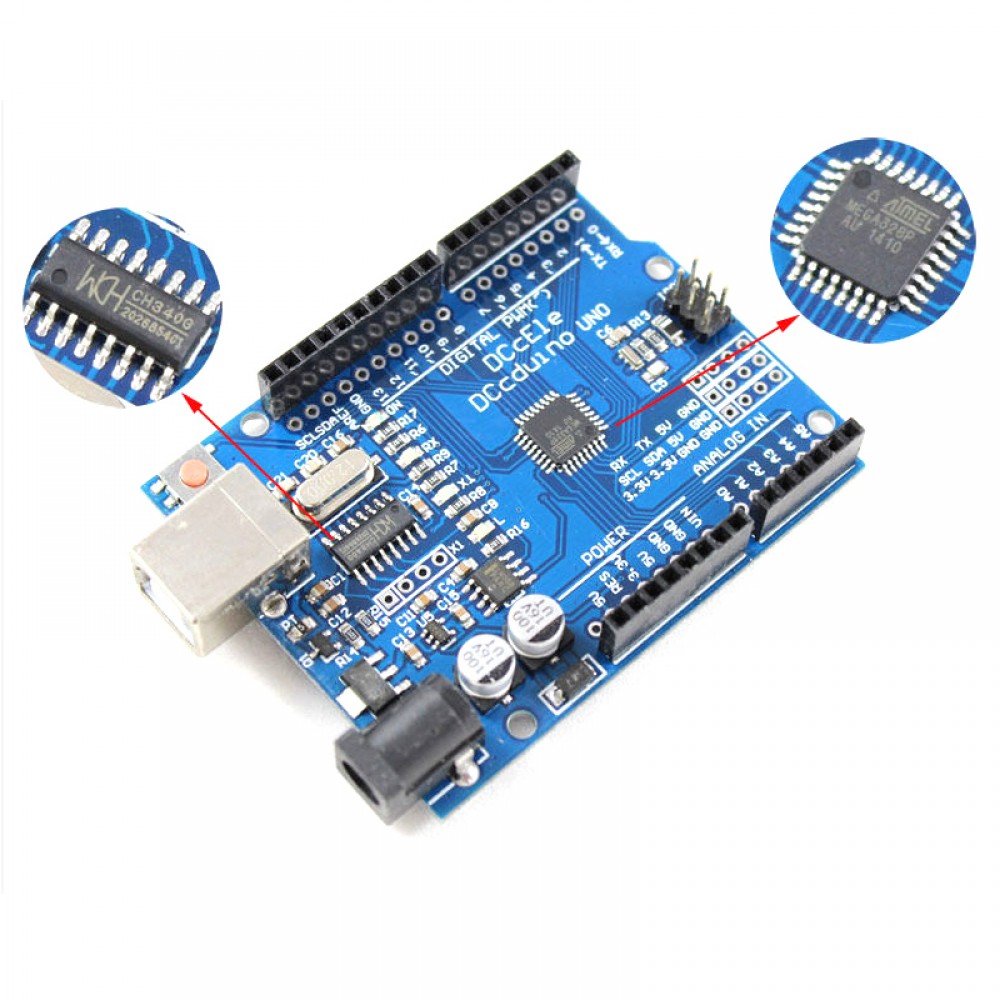
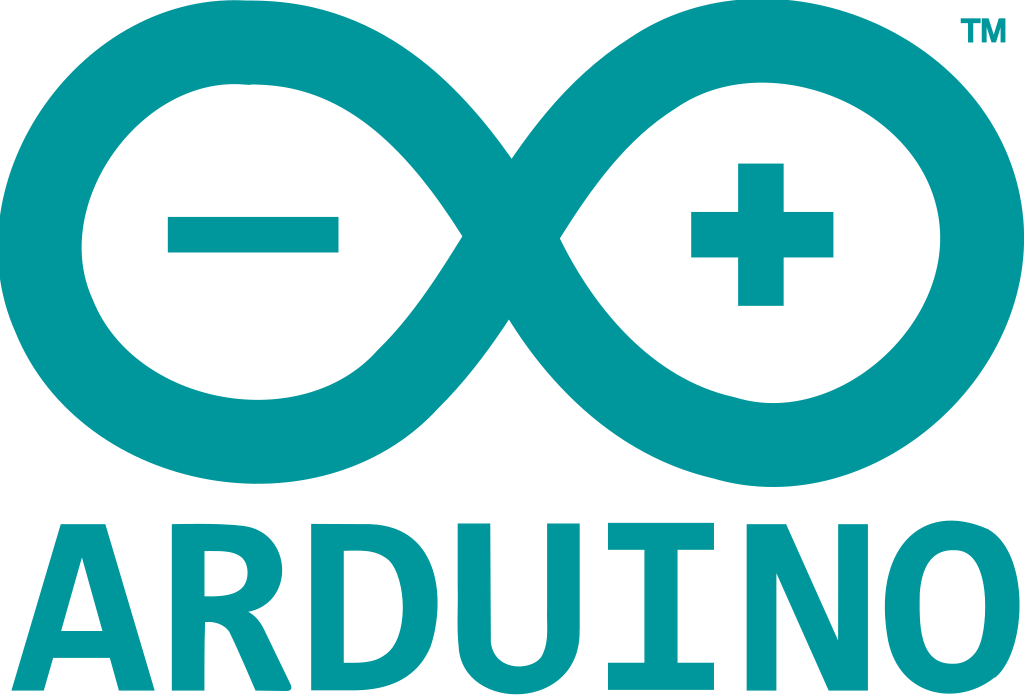

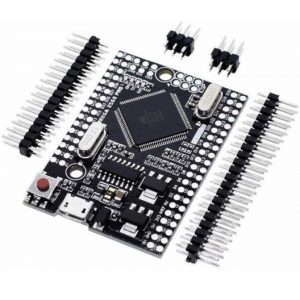
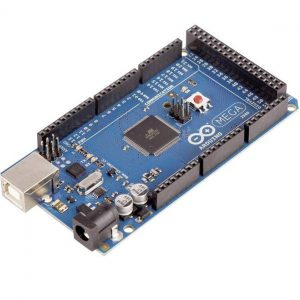
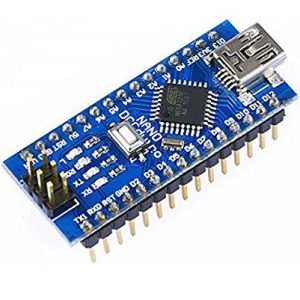
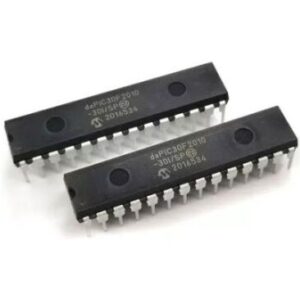
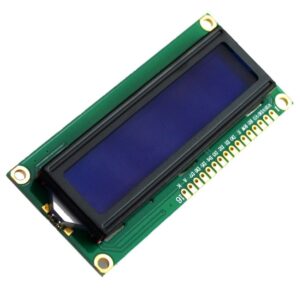
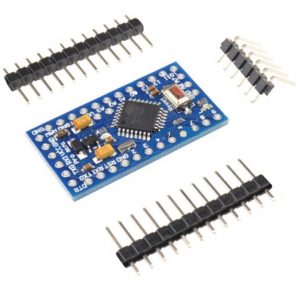
There are no reviews yet.